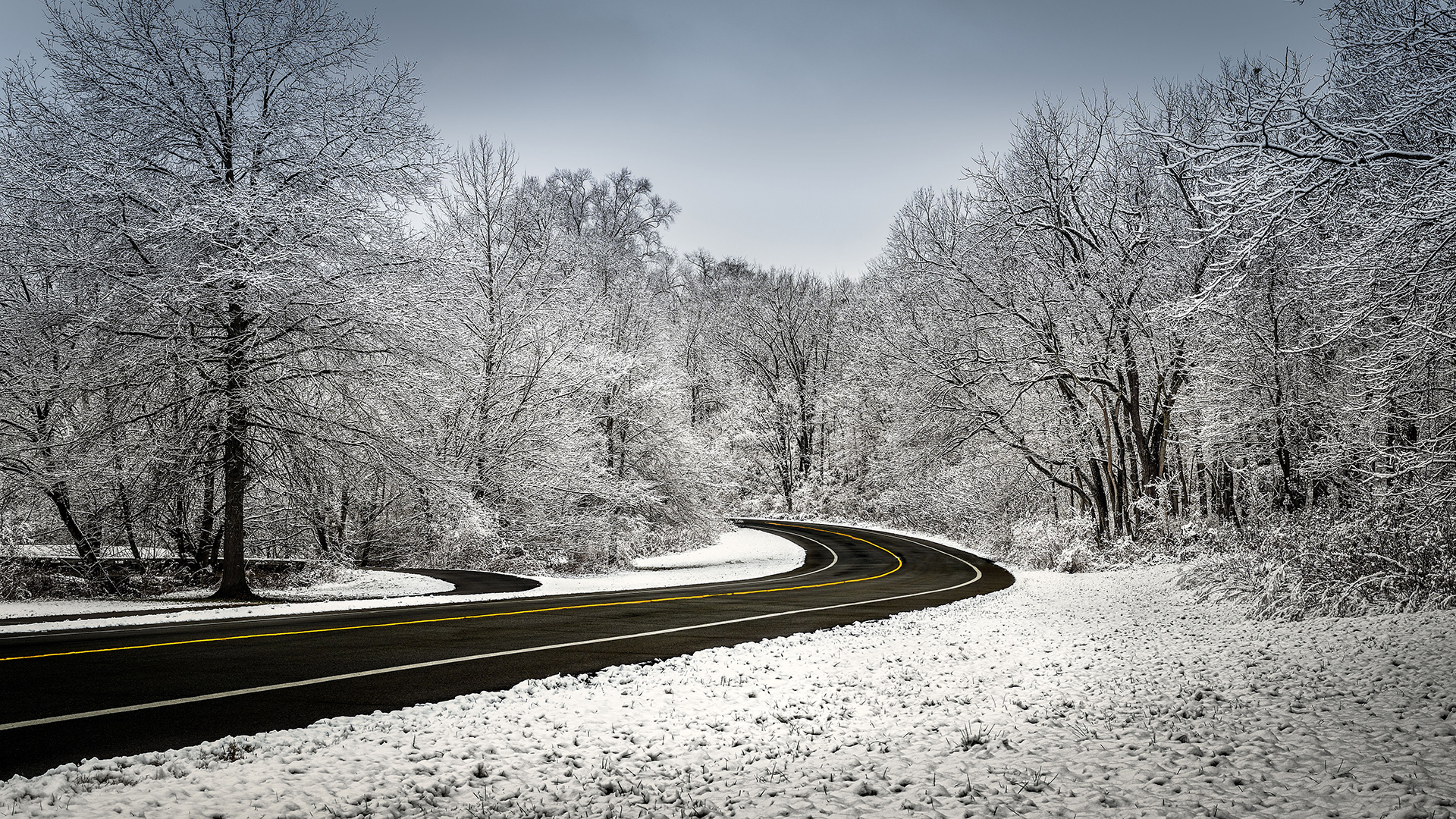
Lincolnshire Fire and Rescue are urging road users to use extra caution this winter as conditions become more hazardous.
Last year, fire and rescue attended over 700 RTCs, of which 38 per cent were caused by people driving too fast. With worse weather on the way, and Lincolnshire Fire and Rescue noticing an alarming increase in the number of RTCs they are attending, it’s crucial to re-emphasise the importance of driving carefully and to the conditions of the road.
John Hardy, road safety partnership advocate, said: “We often talk about driving to the conditions, but what does this actually mean? Put simply, if the roads are wet or slippery, your visibility is impaired, or there’s anything that could affect your normal driving, then you should adjust how you’re driving - lower your speed and allow extra distance from cars ahead.
“The cold weather will put extra strain on your vehicle, so it’s also important to spend a few minutes checking it over before setting off to make sure it’s safe to drive.”
Vehicle safety checks
- Defrost and demist your windscreen, mirrors and windows
- Check your tyre pressure is at the right PSI and you have good tread
- Check your oil and coolant levels
- Check your windscreen wipers are working and washer fluid is topped up
- Clean your front and rear headlights - and use them when out on the roads
Dan Moss, area manager for prevention and protection at Lincolnshire Fire and Rescue, said: “Attending road traffic collisions is becoming an increasingly large part of a firefighter’s role. This involves rescuing people trapped in vehicles, providing medical assistance as first responders, and keeping casualties and other road users safe by securing the area around the collision.
“Sadly, our crews are likely to attend more RTCs this winter so we’re asking that you make sure to drive carefully and follow all the steps necessary to keep everyone safe on our roads.”
Other tips for driving safely this winter include:
- Avoid driving in icy conditions unless necessary
- Plan your journey in advance and allow extra time to drive cautiously
- Put your lights on to maintain visibility and make yourself visible to other road users
- Give vulnerable road users (pedestrians, cyclists, etc.) more space and time than usual
